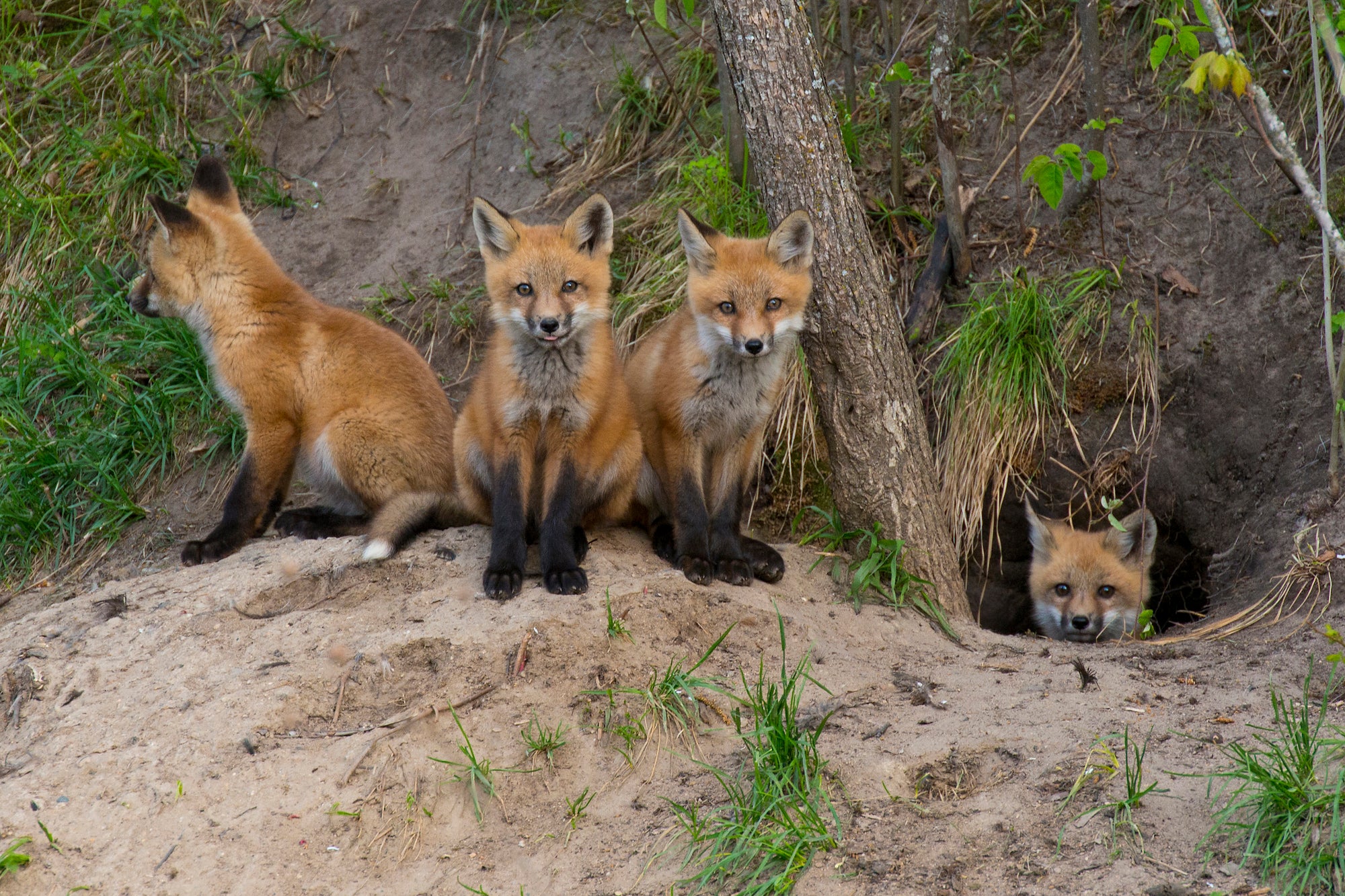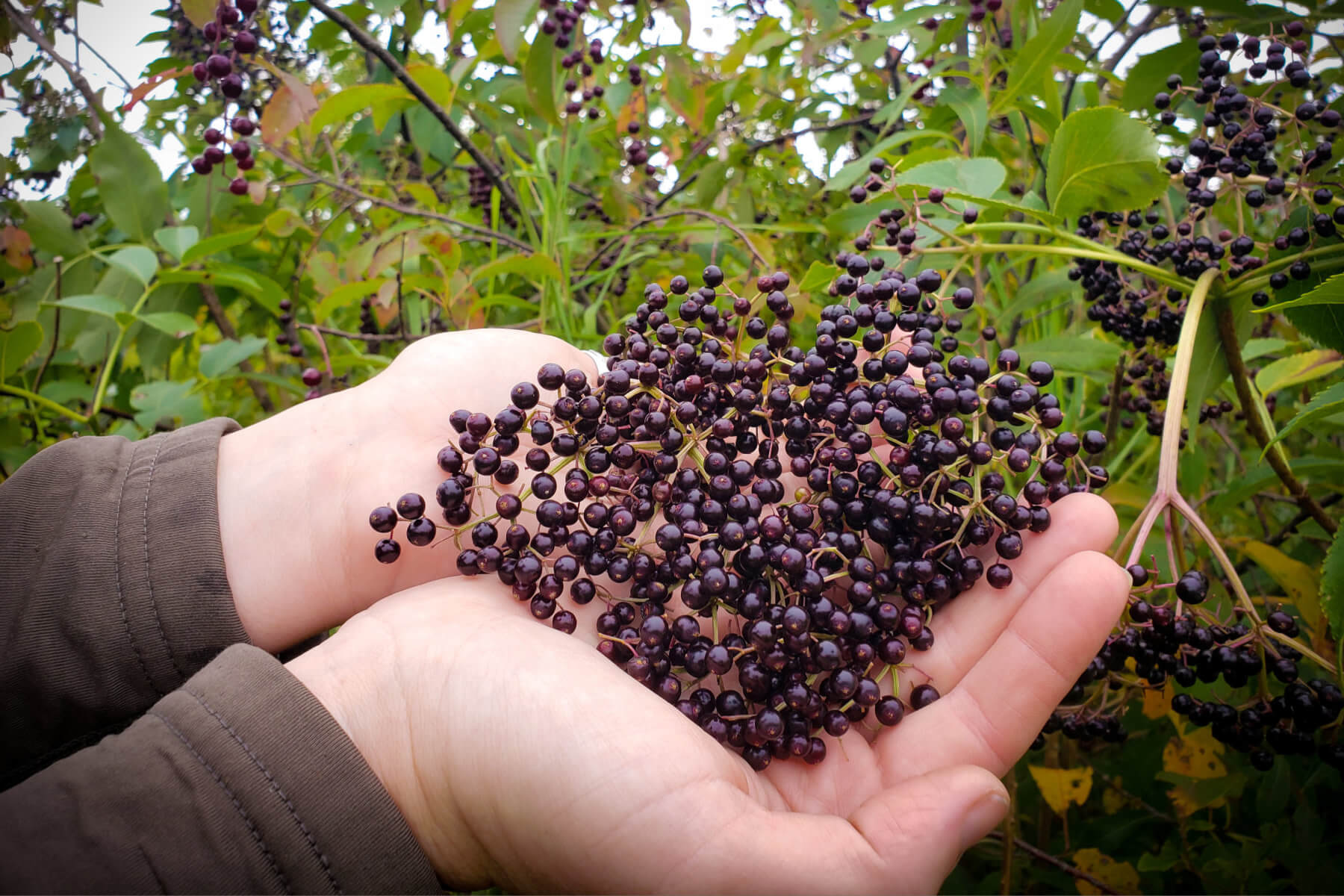For most of human history, people from around the globe have relied on their deep connection to nature and in-depth understanding of ecology to guide them through life.
There is a language in Nature, and at one time, our survival depended on our ability to observe, interpret, and interact with it. Knowing how to harvest wild foods and medicines is about so much more than just knowing your plants.
In our modern world, many spend time in nature for recreation, relaxation, and reflection.
But how well do we really know the intricacies of the ecosystems around us that support every aspect of our life and survival?
Here is a super inspiring 60-second video clip from a really great course on learning to read nature's almost forgotten language and story:
What impact does no longer understanding and deeply observing the ecology of our planet have on our lives and future?
- How much of that plant can be harvested sustainably as wild food?
- What does that taste tell me about the medicinal qualities of the plant and if it may help heal my ailment?
- Who’s home is being impacted when we mow that field or build that structure?
- What is that bird saying right now? Are they warning you of a predator on the landscape or an incoming storm?
- When you look at a string of wildlife tracks on the ground, can you picture the animal moving step by step in your mind's eye? Do you know not only who it is, but what they are doing and possibly even thinking in each track?
- What essential life wisdom is that trail of tracks and all the other signs and sounds of nature teaching you?

As wild food and medicine foragers, we believe it is essential to not only have strong relations with the plant and fungi kingdoms but to be fully present to and knowledgeable of the entire web of life.
To harvest sustainably we must understand how all other life interacts with the plants we harvest, why the plants grow where they do, and the important ecological niche they play. This varies between every single plant we harvest.
So how do we reclaim this ancient knowledge and deep level of connection to nature?
For us, a big piece is through “The Art of Tracking”.
What comes to mind for you when you think about the word “tracking”?
Maybe it is footprints in the snow or sand. Or maybe it is how a parcel travels through the mail.
To us, tracking is about so much more.
Tracking is the ultimate expression of awareness and a practice that allows us to connect with and understand nature in profound ways. It is about reading the story of life in all the tracks, signs, and sounds around us.
It is a living story with intricate details of how everything navigates the world and relates to its habitat. At the end of that trail, the animal is still living, and everything it did that day is written in its tracks.
People used to be able to read that story. For example, an animal track in the sand is more than a lifeless impression that we can give a name to, such as Red Fox or Black Bear


It allows us to know in deep ways the plants, trees, wildlife, weather, waters and how they all relate to each other in the present and over time.
And what about a tree?
What does a tree tell us about the world?
A tree is a track of:
- The age of the forest
- The type of soil it grows in
- The health of the surrounding ecosystem
- A greater ecological community
- And so much more.
A tree holds information about:
- The species of wildlife that live around them and interact with them
- The weather trends of its entire life, they can be read in its growth rings and branches
- It may tell of an ancient fire, an insect invasion, which direction north is, or of a change in the weather that is not yet visible in the sky.
Do you know what happened in this picture?

To know nature with this kind of depth is the natural human way. It is a life long journey of wonder and awe, and one where we ourselves still have so much room to grow and learn.
To strive to connect with nature with this kind of depth is truly an inspiring journey. It enriches every aspect of our lives and informs how we make decisions in the world. It allows us to be better stewards of the earth, better wild foragers, better herbalists, and better people in general.
Powerful Ways to
Deepen Your Connection to Nature
Here are some of the practices and resources that have been the most influential in our evolving nature connection journey:
1) Find a Mentor
In past generations, everyone knew how to track and thus the intricacies of the art were role modeled everywhere you look. In our modern time's very few people even realize how deep our awareness of nature's story can actually become.
Tracking mentors can be hard to find. Check to see if your community has a local tracking club or wilderness/nature connection school.
If not, or you want more, there is a great online-based course and community we highly recommend. It is called, "Reading Nature's Forgotten Language"
Check out this short video (different than video at top of post) to learn about the value re-learning this ancient art can bring to your life and how to get started.
You can learn more details & register at www.naturesforgottenlanguage.com
2) Get to Know the “Nature Families”
Nature can be observed like specimens or something to admire separate from ourselves. We look at the rest of the natural world as our relatives and friends. Some friends you know really well, like family. You can get to know a plant, tree, or wildlife species like you know a family member as well.
A great way to break into the vast amount of knowledge is to start to understand what the different families of life are.
For example, what makes plants in the mint family different than plants in the carrot family? Or what makes weasels different than rodents?
Once you learn the basic families and their unique characteristics, use a field guide to determine which species from each family our in your bio-region. Then... start tracking!
Two of our favorite books to help with getting to know plant and wildlife families are
Botany in a Day by Thomas Elpel
and,
Peterson Reference Guide to Behavior of North American Mammals
** We use amazon affiliate links in this post and will get a commission if you purchase through our link
3) Get to Know One Place REALLY well
We love to explore new places but there is something very powerful to know one area really well. To know what a plant looks like in all 4 seasons, at different life stages, and how other natural cycles such as the weather impact it from year to year. Animals also have very different behaviors at different times of the year.
We suggest picking a small area near your home that you can explore in detail as frequently as possible for several years. Get to know every plant, tree, type of insect (if that's even possible to know them all), and wild animal in there.
This one activity can be nothing short of life-changing in transforming your natural awareness, knowledge, and connection to nature.
4) Evoke Curiosity and Ask Lots of Good Questions
So much of what we have learned about the intricacies of the natural world has come from following our curiosity and constantly asking questions.
- What is that?
- Why does it grow here and not over there?
- Does anything eat it?
- What does it eat?
- Where does sleep when it's raining? hot and sunny? winter?
and on, and on, and on...
Usually every time we find an answer many more questions are revealed. This quest for constant learning is a beautiful journey and one that enriches our lives in many ways.
Ready for your next step?
Want a guide to assist in your growth?
Consider:
Sign-up for Reading Nature's Forgotten Language
Check out our Wild Medine Introductory Foraging & Herbal Medicine Class
Come join us on a Foraging Walk



